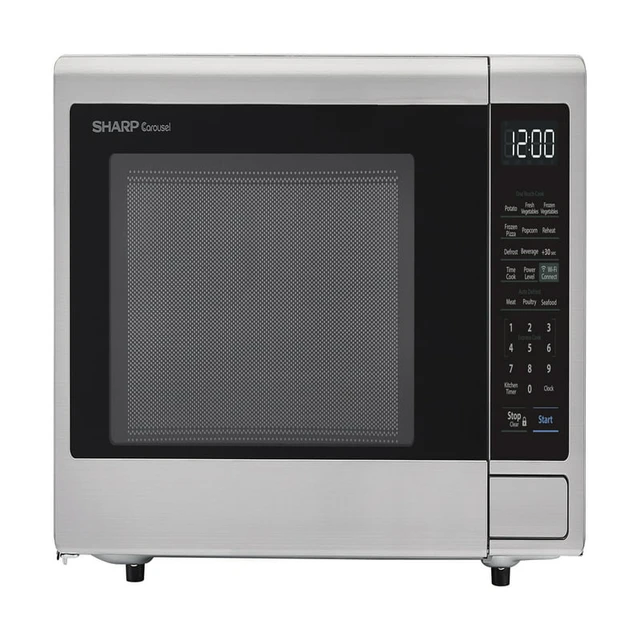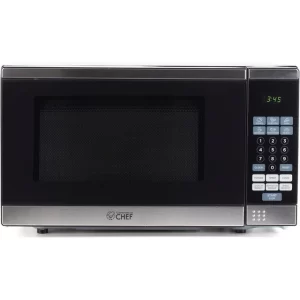When was the first microwave for home use?
Introduction:
Microwaves have become an essential kitchen appliance in households worldwide, revolutionizing the way we cook, heat, and defrost food. Understanding the history of the microwave oven is important in appreciating the technological advancements that have made it a staple in modern kitchens. In this article, we will explore the inception and evolution of the microwave oven, the advent of the first microwave for home use, the impact of this innovation on the culinary world, and its subsequent development.
When was the first microwave for home use?
Early Innovations in Microwaves:
The development of microwave technology can be traced back to the early 20th century.
In the 1940s and 1950s, various researchers and inventors worked on harnessing microwave energy for cooking purposes.
The Invention of the Radar Magnetron:
In 1945, Percy Spencer, an engineer at Raytheon Corporation, accidentally discovered the heating effect of microwaves.
While working on magnetron tubes for radar systems during World War II, he noticed that a candy bar in his pocket had melted due to the magnetron’s energy emissions.
The First Commercial Microwave Oven:
Building upon Spencer’s discovery, the first commercial microwave oven was introduced in 1947 by Raytheon Corporation.
Known as the “Radarange,” it was a large and expensive appliance primarily used in commercial and industrial settings.
Early Limitations and Applications:
The early microwave ovens were bulky and expensive, limiting their accessibility to commercial and large-scale operations.
They found applications in restaurants, military installations, and other environments where rapid and efficient food preparation was essential.
Introduction of the First Microwave for Home Use:
The first microwave oven designed for home use was introduced in 1955 by Tappan, a division of the Swedish company Electrolux.
Known as the “Tappan 1st Microwave Oven for Home Use,” it was a countertop model that brought microwave technology into residential kitchens.
Consumer Reception and Popularity:
The introduction of the first microwave for home use was met with mixed responses initially.
Some consumers were skeptical about the safety, effectiveness, and necessity of microwave ovens in home cooking.
Technological Advancements:
The first microwave ovens for home use were relatively large and had limited features compared to modern models.
Over the years, advancements in technology led to the development of more compact, versatile, and user-friendly microwave ovens.
Miniaturization and Decreased Cost:
As the technology improved, microwave ovens became smaller, more compact, and affordable.
The miniaturization of components and advancements in manufacturing processes contributed to the reduced size and cost of microwave ovens.
Microwave Cooking Tools and Accessories:
The increased popularity of microwave ovens led to the development of various cooking tools and accessories.
Microwave-safe containers, cookware, and specialized microwave cooking techniques emerged, expanding the cooking capabilities of microwave ovens.
Impact on Culinary World:
The introduction of microwave ovens for home use transformed the culinary world.
Microwave cooking revolutionized the way people prepared food, providing a quick and efficient alternative to traditional cooking methods.
The ability to defrost, reheat, and cook food rapidly contributed to changes in meal planning, food preservation, and eating habits.
Further Advancements and Features:
Microwave ovens have continued to evolve and incorporate new features to enhance functionality and user experience.
Modern microwave ovens offer a range of cooking options, including sensor cooking, convection heating, grilling, and combination cooking modes.
Energy Efficiency:
The development of energy-efficient microwave ovens has become a focus in recent years.
Conclusion:
The introduction of the first microwave oven for home use in 1955 marked a significant milestone in culinary technology. This innovation brought the convenience and speed of microwave cooking into residential kitchens, transforming the way people prepared and enjoyed food. Over the years, microwave ovens have become smaller, more versatile, and affordable, integrating into kitchen design and offering a range of cooking options. Microwave cooking has had a profound impact on meal preparation, food preservation, and eating habits. By understanding the history of the microwave oven, we can appreciate the progress made in culinary technology and the significant role it plays in modern kitchens.


